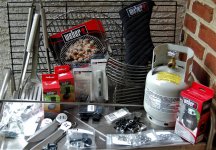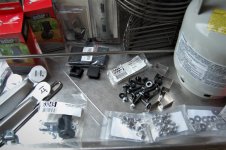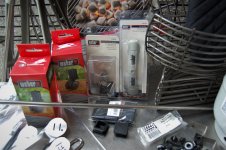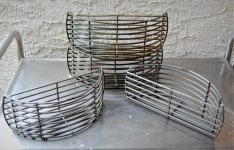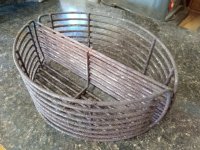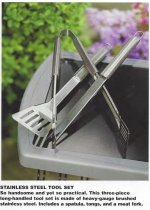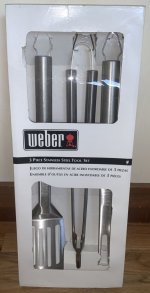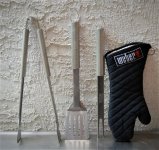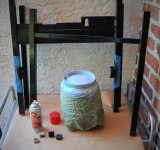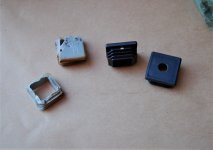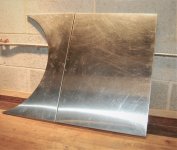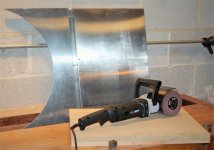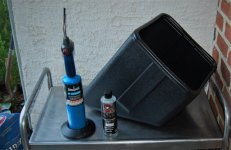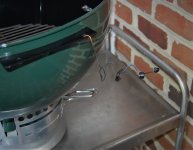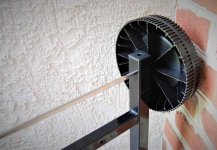Tim Snyder
TVWBB Super Fan
I restored automobiles professionally for a portion of my career. Even built a few AACA Grand National winners. It's a mindset that just sticks with you.Don't take this in a bad way but, do you have OCD? When I found this forum I was just cleaning them up, replacing anything that needed it, getting them working well, and selling them. Then I saw what Bruce, Jon, and others where doing and started grinding fireboxes and painting, etc. Now you are upping the game to another level.;-)
Plus, even before restoring cars, my grandfather always told me, "It's the details that make the job." When I was a kid I read a book called "Corvette Restoration, State of the Art". This guy was crazy into details, like buying a 55 gallon drum of genuine GM factory frame coating and replicating the runs and drips on his Corvette frame. Adding chalk marks and overspray, actually adding imperfections to his car to make it just like GM made it. That book really changed the way I think.
I wanted a new stainless steel Performer, I can't buy one, so I'm building one. Still will cost less than a new modern Performer. Until someone finds one new in the box, I'll probably have the nicest one out there. That's all worth something to me.
Last edited:

